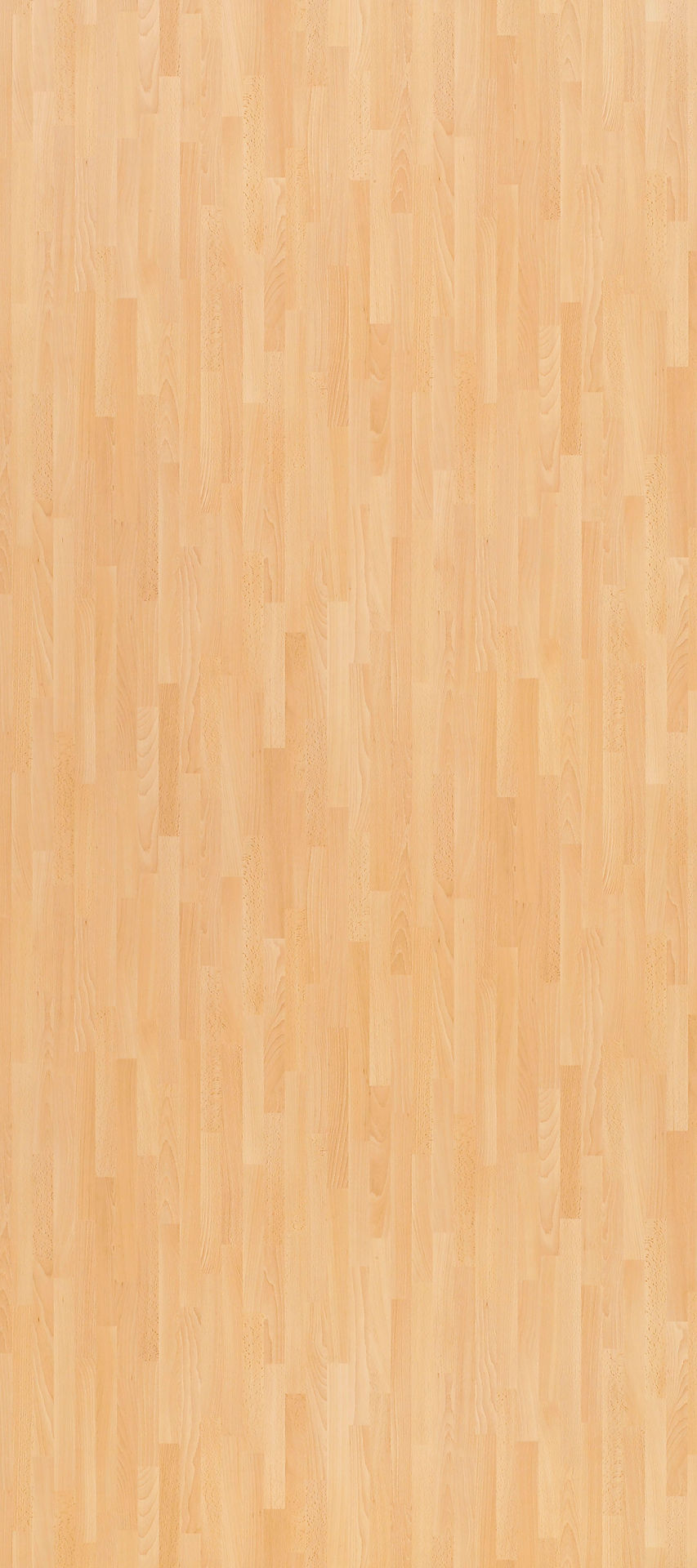What is Plantar Fasciitis - Pulse Physiotherapy and Pilates

What is Plantar Fascia
The plantar fascia is a fibrous tissue located along the sole of the foot, extending from the heel to the tips of the toes and having the function of supporting the plantar arch. Plantar fasciitis is an inflammation that occurs due to excessive stress in that area.
It is one of the most common pathologies affecting the foot and has been much discussed by health professionals and athletes. Plantar Fasciitis is an acute inflammation of the plantar fascia, connective tissue that extends from the base of the calcaneus (heel) bone throughout the sole of the foot. When overloaded, the fascia gets inflamed, causing pain. This pain may also be located just in the heel or arch of the foot and sometimes radiates to other areas, such as ankles, front of the foot and Achilles tendon.
Fasciitis can be confused with calcaneal spurs, because the fascia originates in the same area where the spur appears and the pain extends practically through the same area of the heel. Thus, after long periods of overload and wrong treatment, it can cause spur, which are not the same but can be related.
If plantar fasciitis is not treated correctly and the fascia continues to be overused repetitively, the fascia may enter into a degeneration process, making the pain chronic and cause the spur of heel as well.
What could cause Plantar Fasciitis:
Some biomechanical changes are closely related to inflammations in the fascia and mainly to a poor impact damping that overloads this structure.
High arched foot (2% of the population), because it is more rigid and less efficient in the absorption of impacts, being able to cause shortening of the fascia;
A flat foot (14% of the population) and overpronation foot, because it is a hypermobile foot, there is also a deficit in the absorption of impacts and this can generate a continuous stretching of the plantar fascia;
Overweight, because there is an overload on bones and muscles, thus being a risk factor, (21.3% of men over 100 kg always feel pain in the feet);
Inadequate footwear with flat and very flexible soles do not give adequate support to the arch of the foot;
High-intensity, repetitive physical activity requiring much of the heel and plantar fascia, such as long and excessive runs (34% of men and 27.5% of women have pain in the sole of the foot after continuous physical activity);
Shortening and tension in the Achilles tendon (which connects the calf to the ankle area), since this tendon has a direct connection with the plantar fascia;
Performing functions where you need to stand for long period of time.
Main Signs and Symptoms Plantar Fasciitis
Pain in the sole of the foot and heel in the first steps in the morning and that is improving along the walk;
Pain after standing for a long time or when standing up after a long period of sitting;
Pain in the sole of the foot after and / or during physical activity;
Pain during palpation of the sole of the foot and heel;
Stiffness in the sole of the foot.
If are feeling one of the symptoms above don’t hesitate to contact us to book a Physiotherapy assessment.































